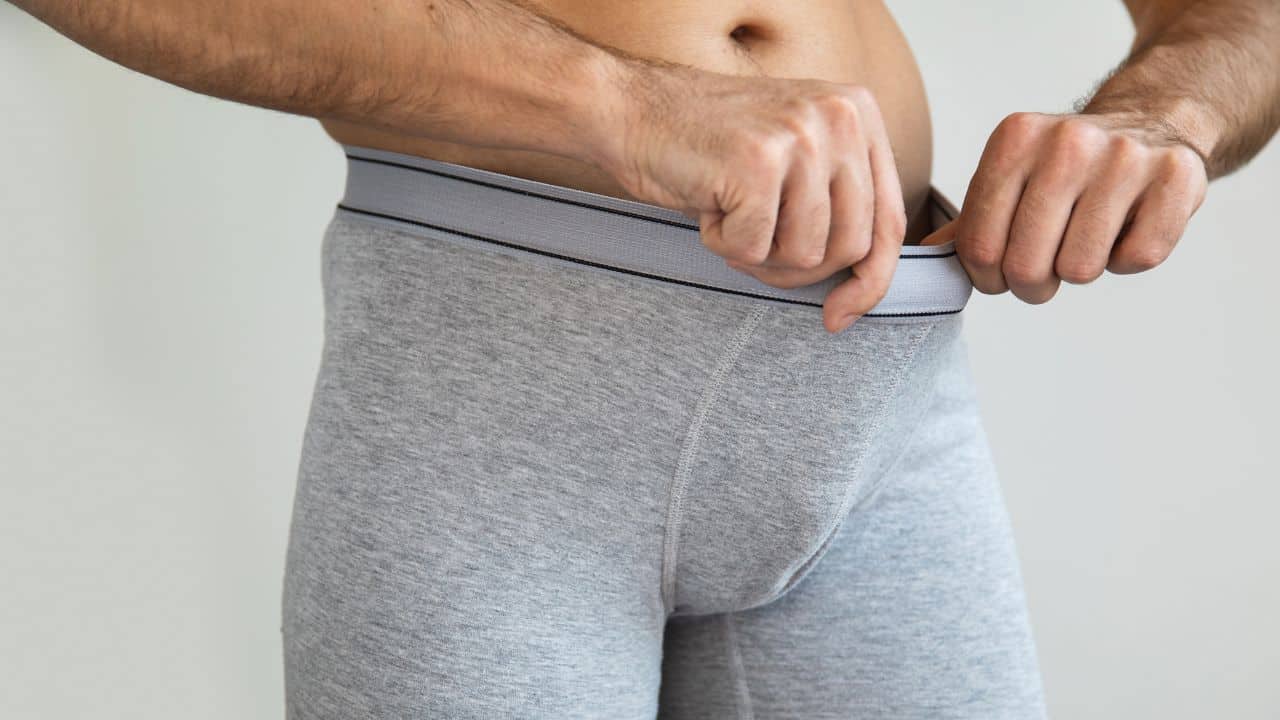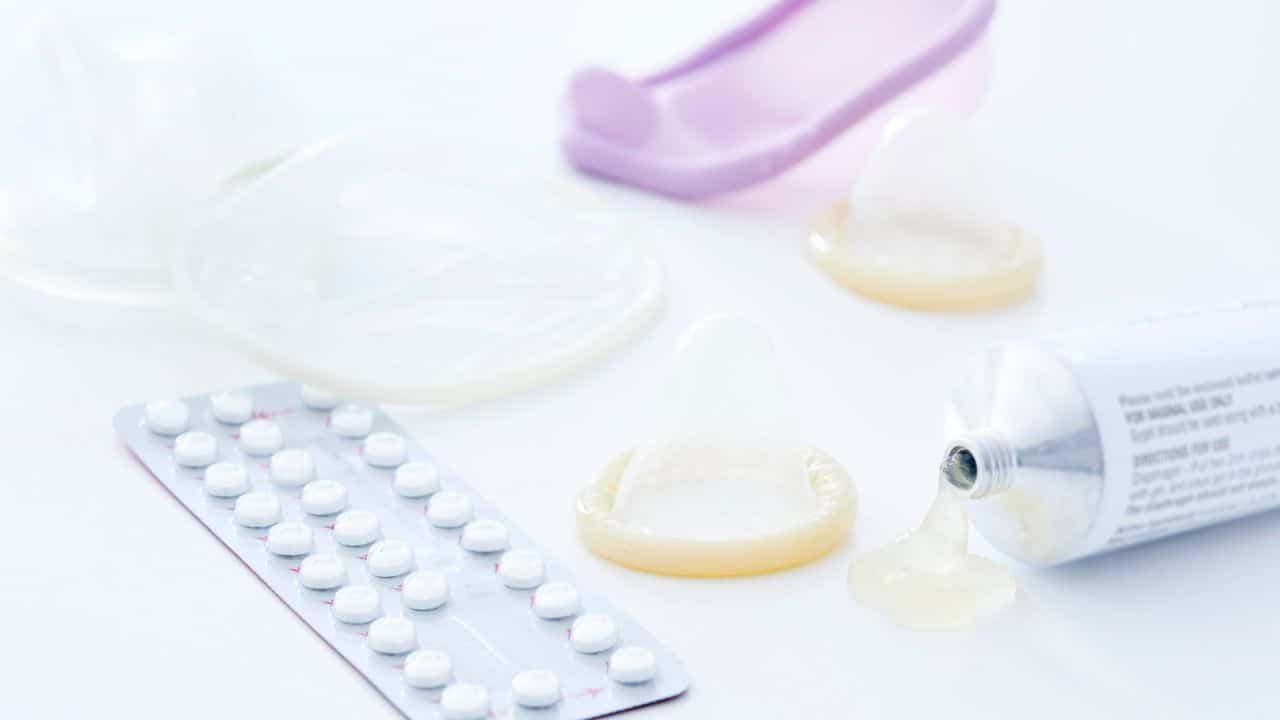Aesthetic Surgery Journal – the official journal for the American/Canadian/British societies of aesthetic plastic surgery – has just published my first article on the CALIBRE procedure.
Up to 60% of men have at some time had concerns about the size of their penis. This has lead to a plethora of option for penis augmentation.
Interestingly stretching of various kinds, with serious dedication, will for some men result in increasing penis length. Not surprisingly there is no reason at all, despite what is written in all the online ads, that any supplement, cream or tablet will do anything for you at all. Please believe that if it is made out of rhino horn or tiger penis it only means 1 less endangered animal.
A variety of things have been injected into the penis to make it bigger. Making the injectable substance safe, effective with minimal risks over the long term is more difficult than people realize. Unfortunately too many men have found that ‘back-yard”/non-medical injectors can seriously injure them.
Surgery seemed like the likely process to achieve penile augmentation. Phalloplasty, as it is known, has many forms – which generally means that the perfect operation has not been developed. Cutting the suspensory ligaments has been the basis for decades. It then requires the use of a stretching device for many hours a day for months on end. It has been suggested that the men who do get increased (mostly flaccid) length could have got the same increase just by doing the stretching and not bothering with the surgery and scars that go with it.
Surgery to increase girth has mostly been free fat transfer or “dermato-fat” grafts. These are strips of skin and fat taken from under the butt crease. Scars are significant , bed rest and down time is prolonged – weeks and they can contract and go hard (not hard in a good way). Plus surgery is extremely expensive.
PMMA is used in Mexico and Korea. There are guys with great results from PMMA. But lots of guys with lumps and bumps too. I will do another blog on this with pictures.
So hyaluronic acid filler like has been used in the face for almost 20 yrs seems the logical choice. We have been doing it for a number of years, gradually refining the technique – a process that is ongoing. It is great to get the information out to doctors in a peer reviewed journal. We have a couple more papers in the process of being written now.






